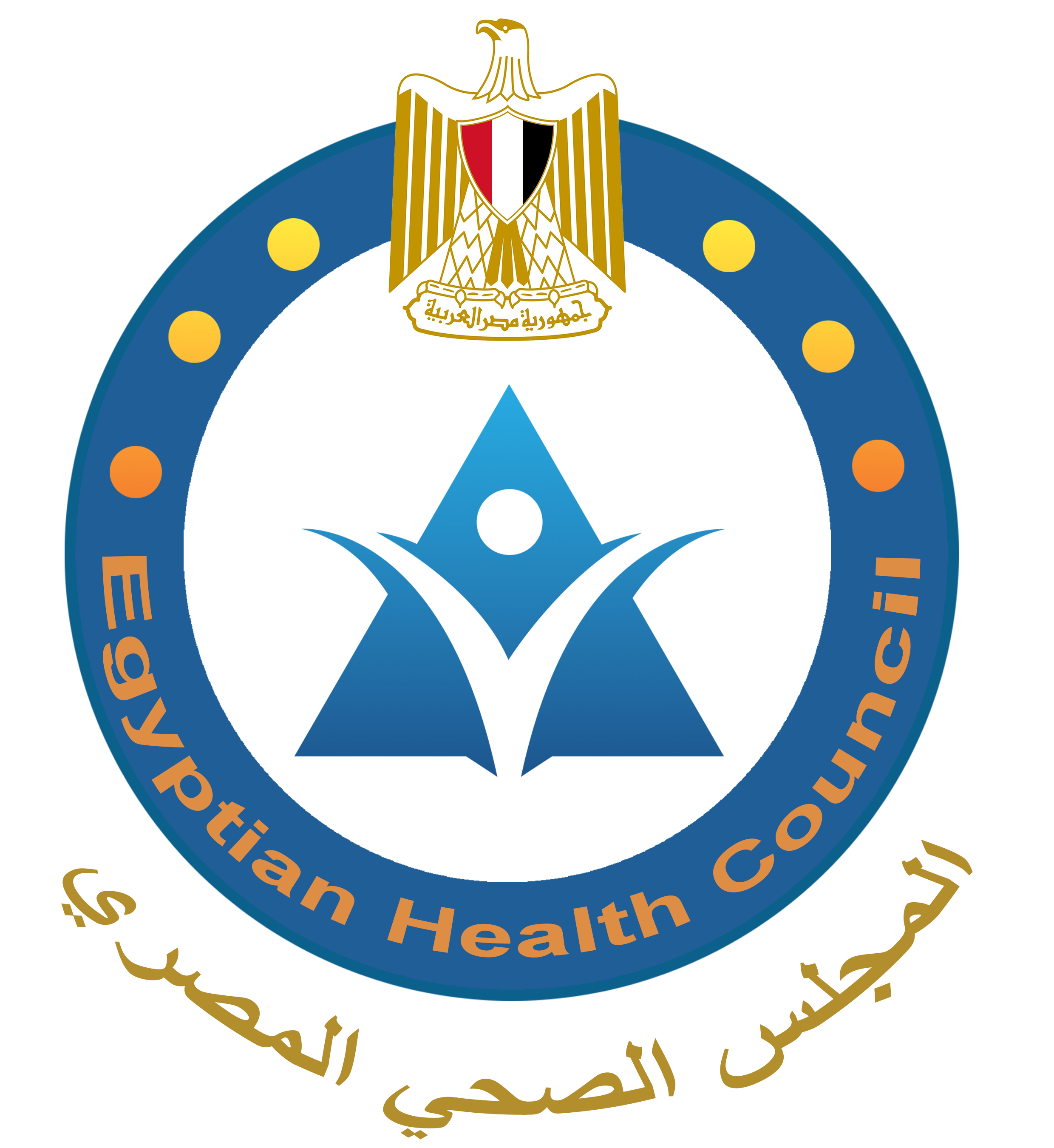
Post stroke Oropharyngeal dysphagia
"last update: 28 April 2024"
- Committee
Chair
of the Panel:
Usama Abdel Naseer
Scientific Group Members:
Abdalla Anayet, Abdelrahman Eltahaan, Ahmed Mostafa, Alaa Gaafar, Amr Taha, Ashraf Lotfy, Athar Reda Ibrahim, Bahaa Eltoukhy, Haytham Elfarargy, Hazem Dewidar, Ihab Sifin, Loay Elsharkawy, Mai Mohammed Salama, Mina Esmat, Rania Abdou, Reda Sharkawy, Saad Elzayat, Samir Halim.
➡️Abbreviations
PSOPD: post-stroke oropharyngeal dysphagia
TDT: Traditional Dysphagia Therapies
NMES neuromuscular electrical stimulation
rTMS: Repetitive transcranial magnetic stimulation
tDCS transcranial direct current stimulation
TES : transcutaneous electrical stimulation .
PES :pharyngeal electrical stimulation .
➡️ Glossary
Oropharyngeal dysphagia: typically refers to difficulty in eating as a result of disruption in the swallowing process.
The Eating Assessment Tool-10 (EAT-10) is a dysphagia screening tool developed in 2008 by Belafsky et al. to identify people at high risk of swallowing disorders. It is a 10-item self-assessment scale that patients can complete in a short period of time. Each item corresponds to 5 levels of difficulty from “no problem” to “serious problem,”
The water-swallowing test (WST): is frequently used in clinical practice as a functional assessment to detect aspiration and prevent pneumonia. It is a standardized test used all over the world
traditional swallowing training, (TST) relies on behavioral training that focus on enhancing sensory feedback from the oropharynx to the central pattern generator, strengthening the disused or pharyngeal musculature, preventing atrophy and reduced motor output from the central pattern generator, and minimizing symptoms through the use of compensatory postural adjustments.
Repetitive transcranial magnetic stimulation and transcranial direct current stimulation, surface neuromuscular electrical stimulation (NMES): ,Are numerous adjunctive treatment options that may theoretically improve the recovery of dysphagia.
➡️Scope
This Guideline is concerned with diagnosis and treatment decision of: oropharyngeal dysphagia. This is targeting adults >18 years this guideline is not targeting pediatric population.
